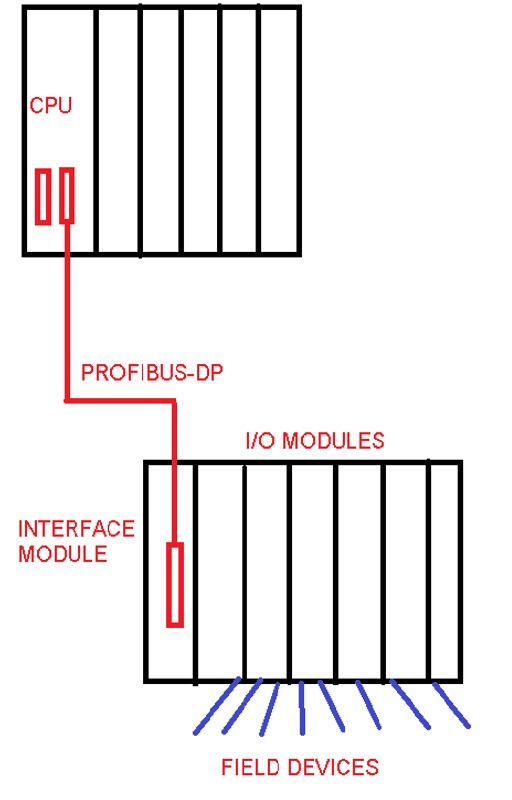Difference Between Remote I/O and Distributed I/Os.
- Suhel Patel

- Jan 26, 2021
- 2 min read
As an instrumentation and control engineer or as an automation engineer or as a control system engineer, all deal with different types of Input and Outputs. Some may have worked with Remote I/O and some may with Distributed I/Os and some have with both.
In this article, we will learn the difference between remote I/O and distributed I/O.
Many people think that both remote and distributed I/Os are the same term but they are not. So, let’s see how they are differing from each other.
Remote I/O
- Remote I/O means that I/O modules are installed at a remote location physically at distance away from the main controller called PLC.
- As you all aware of the term PROFIBUS-DP in Siemens automation, the last term DP means decentralized peripherals also known as remote I/O.
- I already have covered that how PROFIBUS cable is laid down for a long-distance to communicate with the I/Os which are decentralized to reduce the complexity of wiring.
- Have look at below figure and see how remote I/Os are installed in the field.

- As you can see for the remote I/O, you only need to put I/Os at a remote location and need not distribute from a remote location to anywhere.
- Remote I/O does not contain any computing function.
Distributed I/O
- The term distributed I/O means you want to distribute I/Os after installing them at a remote location.
- From the below figure you can easily distinguish the difference between remote and distributed I/0s.
- As you can see after remote installation you can add more module and then you can pull wire to connect the field devices.
- Allen Bradley’s FLEX I/O is one of the examples of the distributed I/0.

- Distributed I/O contains a computing task to perform complex solution.
In simple when you heard a term remote you can consider as an only one controller, the PLC to control the field devices, whereas a distributed means it contains multiple controllers in the control room as well in the field.
If you have any question or any doubt then please put your comment in the below comment section.
If you do like this article then please share among friends.






































Comments